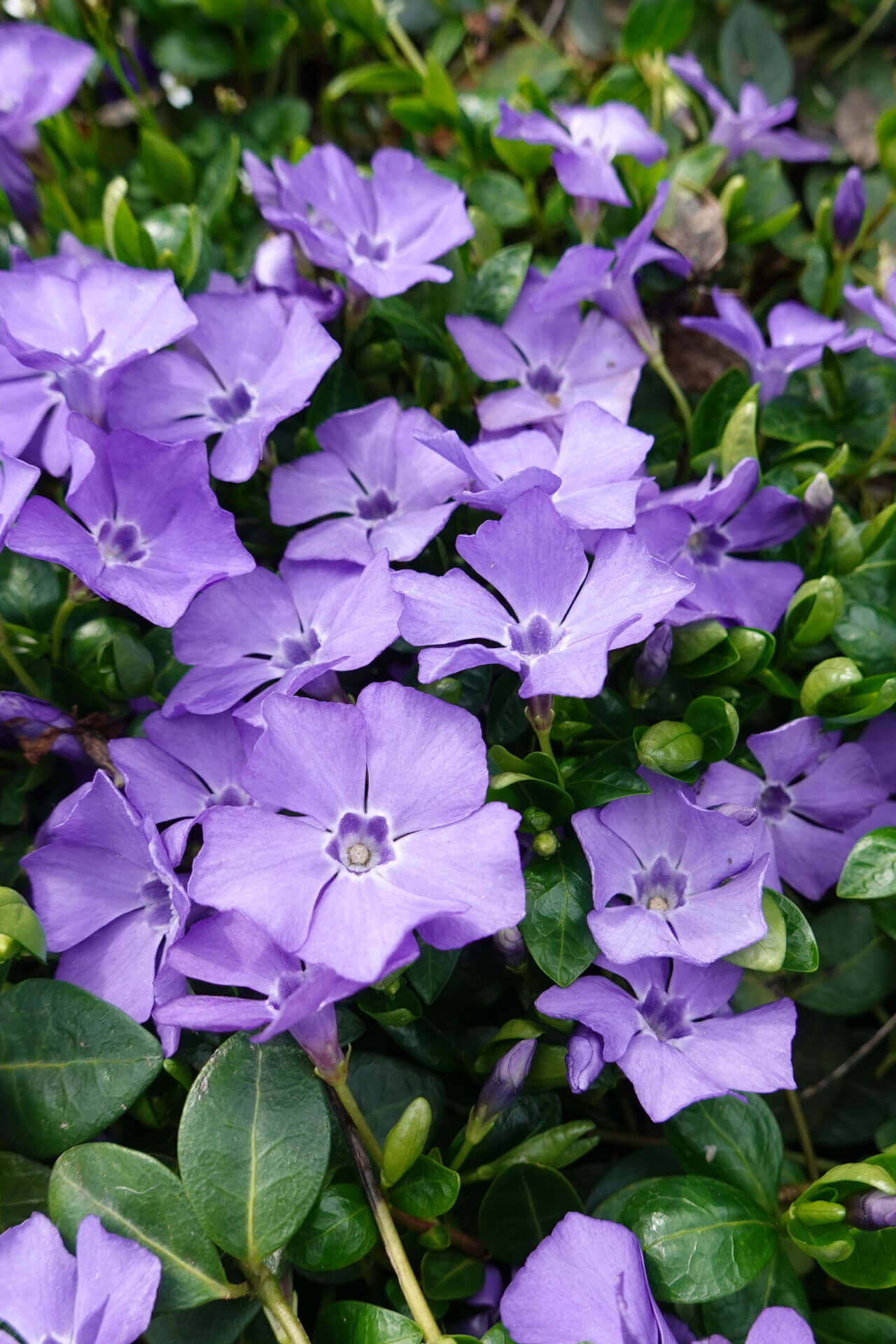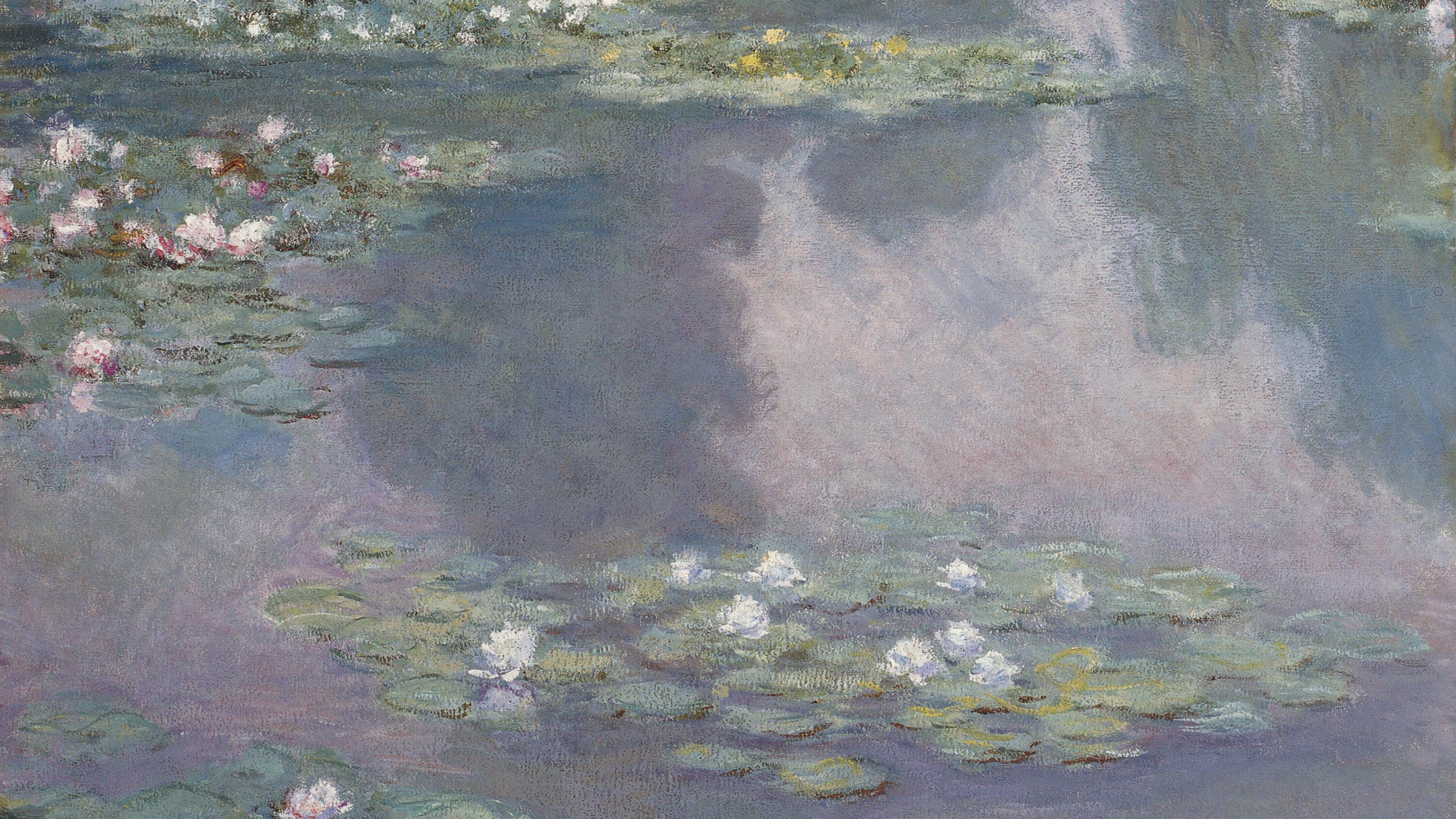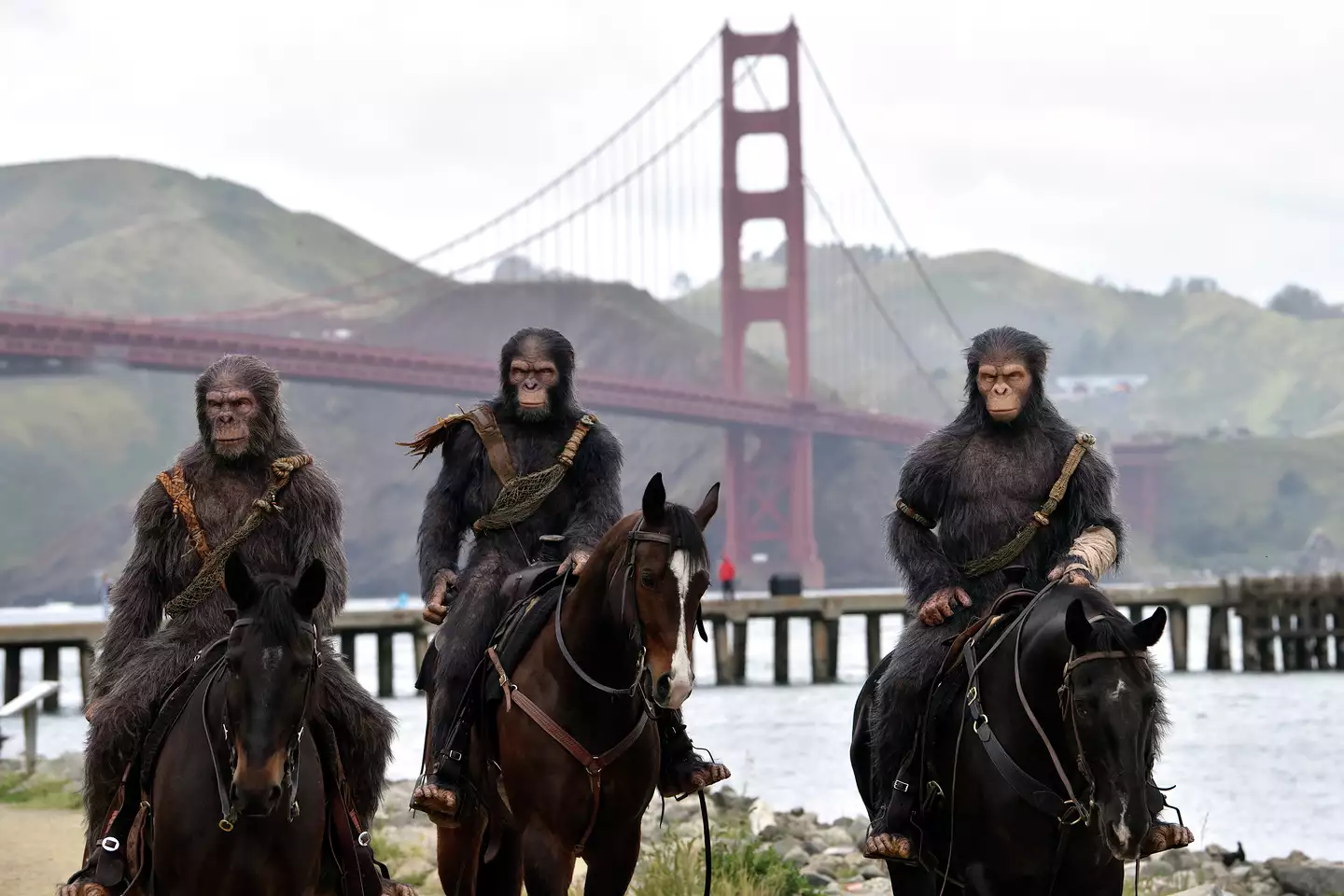Lope: Crissy Field; de Young Museum
Distance: 4 miles; 7 miles
Lope: Hood
Distance: 4.5 miles
Please, dear readers, don't let all Ciwt's city walks confuse you. CIWT began as a tribute to her daily long walks in the woods near her home with Zipper, her best friend and dog. (See CIWT 1). After those were walks in the rolling hills and arboretums of Connecticut, also long. Probably the most glorious were the challenging hikes in the clear blue, windless skies (see Hemingway) of Idaho - up, down, around the Sawtooth Mountains. Theoretically the most dangerous were the Marin hikes when she she moved back to California. The trail system is extensive and beautifully maintained there, but she did many of her long hikes while the Trailside Killer was also walking along those trails.
Time though moves on and with varying degrees of acceptance, Ciwt did as well. To city life and her CIWT walks. The trailheads in Marin gradually got so crowded, she often got there to find them filled. Traffic increased along with bridge accidents, so a 90 minute hike could be three or four hours out of her day. Yoga began calling. And, of course, there was the matter of aging and less energy.
But, yes, she absolutely misses those nature adventures. Deeply, at a soul level.
City walks, though, have many wonderful rewards of their own. For one thing, they are right outside the door and constantly available. For another, they can be measured and taken to destinations. Ciwt appreciates that; no more walk, walk, walk just for the sake of walking. But walking to get an errand done or to an appointment, all measurable by blocks at her chosen speed. Cities are stimulating. Nature can't paint an artwork, or build a building, or speak foreign languages, or do a lot of things that keeps Ciwt's mind alert, expanding. She can go fast if she wants to; there are lots of runners on San Francisco streets. And, realistically, San Francisco abounds with extensive and spectacular nature. Think CrissyField, the Presidio, Golden Gate Park, just for openers.
A friend of Ciwt's lives on a reservoir, and another has a cabin in Wisconsin where she spends much of the year doing things like tagging wolves. Ciwt herself once owned and lived in a log cabin. She is happy for her friends living near nature and open to that possibility for herself if life brings it along. For now she loves her city walks, CIWT and knows wherever her future lies, she will be walking to the best of her ability.
Walk: Hood errands
Distance: 5 miles
So there's a color that speaks deeply to and confounds Ciwt. One of her favorite paintings couldn't have been made without it:
 |
| Claude Monet, The Magpie, 1868-1869, oil on canvas |
 |
| Vinca minor |
Periwinkle has always been a plant first, whose flowers inspired the color. Oh, yeh, there's a snail called the periwinkle snail but its slime is not a purple color and there is no indication where it got its name. And did Ciwt mention, there are white periwinkles?
On and on the color's elusiveness goes. It can be difficult to pin down, to name. But subtle, complex periwinkle's effect is deep and strong: it evokes a sense of freshness, comfort, serenity, calmness, peace.
 |
| Claude Monet, Water Lilies, 1905 |
 |
| Claude Monet, Water Lilies, 1907 |
Walk: No, toooo windy! Good day for reading though
Distance: n/a
 |
A mother hen protects a group of chicks under her wings and body. # Matthew Troke / iStockphoto / Getty |
 |
A loon chick catches a ride on the back of a parent, photographed in Canada. # Pchoui / iStockphoto / Getty |
 |
A young wood duck leaps to the ground from its nest in a tree in southern Minnesota. # Stan Tekiela / Getty |
Walk: Presidio
Distance: 3 miles
 |
| Apes leaving the Golden Gate Bridge |
So the rental bikers, dog walkers, runners, strollers and lopers like Ciwt were startled by their fellow Crissy Field promenaders today. To say the least! Bikers nearly fell over, some had to dismount from their bikes to be safe, dogs barked like mad, runners gave the horses a very wide berth.
San Franciscans are used to unusual sites on their streets, but apes on horses was (to Ciwt's knowledge) a first. Clearly the apes can saddle and ride horses, but it looked like they can't write. Or at least didn't bother to this afternoon so didn't carry or wear any identification.*
 |
| Free Apes Passing in front of Alcatraz along Crissy Field Beach |
* According to SF Gate, the best guess is the apes were part of a publicity stunt for a new movie, Kingdom of the Planet of the Apes. Or maybe they were just enjoying a timelessly beautiful site.
Walk/Lope: Patagonia, Athleta, Sports Basement
Distance: 5.3 miles
Time for some new hiking clothes and shoes. Time for going place to place to place to find and try them on. Time to come home and crash from the effort.
Walk (Ciwt is mostly loping these days): Hood, Retail
Distances: 4 miles, 1 mile
 |
A rufous-crested coquette seeks out nectar from porterweed, photographed in Panama. # Juan Carlos Vindas / Getty |
Walk: Hood
Distance: 5 miles
 |
| Yayoi Kusama, Infinity Mirrored Room - The Souls of Millions of Light Years Away, 2013, wood, metal, glass, plastic, acrylic panel, rubber, LED lighting system, acrylic balls and water |
A friend takes in Yayoi Kasuma's sparkling and infinite universe of love at LA's Broad Museum today.
Walks: Hood
Distances: 3.5 & 4.2 mi
Ciwt's life has been pretty nuts and bolts these last couple of days. So she's delighted to see in The Atlantic Photos of the Week that all sorts of important things were happeing all over the place.
Goslings took some of their first steps in Hamburg, Germany:
 |
| Michael Probst/AP |
 |
| Mert Alper Dervis / Anadolu / Getty |
 |
| Dursun Aydemir / Anadolu / Getty |
Walk: Union Square Dentist
Distance: 5.5 miles
Or at least that was the step by step route to the new tooth Ciwt had implanted yesterday. Luckily the anesthesia took the edge off initialing pages and pages of possible life threatening complications and paying off the 'Treatment Plan' in full, up front.
PS - It's way in the back. She can't really see it, but knows it's there when she looks at her check book..
Walk: Hood
Distance: 4.5
 |
So, when Ciwt was in Palm Springs, the sky was never not clear and blue, or the mountains blocked by haze. Blades of perfectly green grass were mowed several times a day so they were always even with each other. There were extra, open pickleball courts for all the snappily dressed players. Everyone smiled, waved, said "Another perfect day in Paradise!" as they golf carted by. Even the plane ride from San Francisco had been ripple free.
The flight back was extremely turbulent from takeoff to landing. The skies were thick with mid grey clouds which reached almost to the ground. As her plane descended, there were ripples of water on the windows by her seat. And, sure enough, there was 'unseasonable' rain and cold on the ground. People whisked by nearly knocking each other over at the airport, the highway to the city was frustrating to navigate, homeless people began appearing on the sidewalks. The complications of San Francisco city life began emerging..
And, happily, Ciwt began to feel the particular palpable energy of this fascinating, difficult, challenging, ever evolving, embarrassment of riches city that holds her heart.
 |
Walks: Hood Presidio
Distances: 3 miles 4 miles
So, Ciwt couldn't help but wonder what the opera lovers in the SF Ballet audience yesterday were thinking during its new dance version of the beloved Carmen.
The music is almost entirely new (but catchy and pretty hip). Carmen is not a cigarette factory worker; she's a waitress. And she's in Cuba, not Spain. She's married in this dance. And, oh, she comes to realize that she is a lesbian after all.
Ciwt and the season ticket holders sitting around her are a pretty open-minded (though mostly mature) group, and none of us got into this Carmen. If the dance was 'modernized' for the younger audience, judging from the tepid applause at the end, it didn't sound like they got into either. Ditto our local dance reviwer.
Walk: Legion of Honor, SF Ballet
Distance: 3.5 miles
 Yoshu Chikanobu (Japanese, 1838-1912), Imperial Party Visits the Park at Asukayama, 1888, color woodbock triptych |
 |
| enlargement |
Walk: Presidio
Distance: 5 miles
| Katsushika Hokusai (Japanese),Under the Wave off Kanagawa (Kanagawa oki nami ura), also known as The Great Wave, from the series Thirty-six Views of Mount Fuji (Fugaku sanjūrokkei), ca 1830-32, woodblock print, ink and color on paper Probably the singlemost iconic example of East meets West in the printmaking world is this stunning woodblock by Japanese artist Katsushika Hokusai (1760-1849). In depicting three boats moving through a huge cresting wave in a storm-tossed sea, Hokusai experimented with western linear technique, the first Japanese artist to do so. And his use of Prussian blue in The Great Wave revolutionized Japanese prints. Hokusai visited the subject of waves multiple times throughout his career, using the few Dutch landscape prints accessible in Japan at the time as source material. In this print he creates a perspective entirely new to Japanese prints by making the boats in the foreground larger than Mount Fuji in the background. And he uses rich blues produced using a combination of traditional indigo with the first modern (and Western) pigment, Prussian blue - invented in Germany and imported through Dutch and Chinese trade. Hokusai's printed fusion of Eastern and Western Influences was wildly heralded by the Impressionists and Post-impressionists in Paris. Themes echoing his work appeared in works by Monet and Renoir as well as Art Nouveau. His woodcuts were collected by many European artists including Degas, Gauguin, Klimt, Marc, Manet and van Fogh. Degas said of him, "Hokusai is not just one artist among others in the Floating World. He is an island, a continent, a whole world in himself." The French composer Claude Debussy's tone poem La Mer, which debuted in 1905, is believed to have been inspired by Hokusai's print The Great Wave. The composer had an impression of it hanging in his living room and specifically requested that it be used on the cover of the published score, which was widely distributed, and the music itself incorporated Japanese-inflected harmonies. |
Walk: Hood
Distance: 2.5 miles
Ciwt was surprised to learn that one art subject majorly affected by the arrival of Americans and other Westerners to Japan was pornography. Or what Americans called and still call pornography. Until they arrived, the Japanese just called it art.
Every conceivable coupling was made into a woodblock print, distributed and displayed in Japan as Art. In the U.S., such prints wouldn't have been legal; in European countries they would usually be created on commission by 'gentlemen' who would hang their prints in clandestine rooms shared only with 'gentlemen' friends.
But not so in Japan. For one thing nudity was not inherently erotic in Japan where people were used to seeing the opposite sex naked in communal baths. Vividly explicit sexual prints were abundant and very often given as gifts to brides and shared by parents or other adults with children of all ages. The Shogun's occasional disapproval of erotica was largely ignored, and Western Puritanical moral principles were utterly unheard of in Japan. Things people would be arrested for having on their computers in the West today were completely accepted as A-R-T.
Ciwt isn't sure exactly what changed in this regard with opening of Japan among Japanese artists and print collectors. But certainly the Western (and Puritanical) tourists and people who moved or stayed in Japan were scandalized and horrified and probably initiated protests and censorship to the best of their abilities. Their children, as they do today, probably snuck around to look at the prints anyway. And the Japanese art communities would have been under pressure to at least rein in the publication of erotic art. For instance, the Legion's show has hung the erotic prints are in a separate room with warning signs outside it. "Beware; sexually explicit material ahead." That kind of thing.
Ciwt is no prude, but all this explicit and accepted erotica was actually quite shocking to her - several other press members at the preview as well. In the process of getting a clearer understanding from the curator, even she admitted to being surprised when she learned of the prominent role erotic prints played in Japanese art and society.
Walk: Legion of Honor Museum
Distance: 2.5 miles
 |
| Kitagawa Utamaro (1753-1846), Wife of a Virtuous Man from the series Ten Beautiful Women, 1797-1800, Color woodcut, 13x8 7/8 inches |
 Tsukioka Yoshitoshi (1839-1892), Strolling from the series Thirty-Two Customs and Manners, 1888, Color woodcut, 14 1/6 x 9 7/16" |
Walk: Legion of Honor Museum
Distance: 1 mile (still nursing cold)
So, after museum 'hopping' through cold rain, busloads of school groups, throngs of their teachers and parents, the best part of Ciwt's trip began when she met a dear friend at the Kennedy Center.
We had nearly front row center tickets to the revival road show of Tony-winning musical, Company. We'd both read the glowing review of the production in the Washington Post, but only Ciwt had read the readers' comments. If there were 25 of those, most were so-so and several were decidedly negative. Like, The show was horrible. Everyone around us said the same thing. People left at intermission. And The cast worked as hard as they could, but the show itself is awful. Understandably this made Ciwt a bit apprehensive.
But she needn't have worried. We sat in our great seats, heard (nearly) every word, applauded the excellent cast and thoroughly enjoyed the show. Who knew what all those commenters were so upset about we ageeed.
Then a couple of days later Ciwt got a call at home from her friend. Appparently, she had a friend who went to Company with 'our' recommendation in mind. And, well, that friend couldn't make out a word through the muffled accoustics and left at intermission. Maybe she was sitting too far from the stage? No, she reported that people up front left as well, some standing up and getting out even before intermission.
What to make of this? Maybe Ciwt and her friend were in a sort of personal company bubble. Since they live on opposite coasts, it may have been such a treat to be in each other's company and in such excellent seats that they weren't particularly bothered by the 'small stuff.'
(.... Although it did come out in conversation later that both missed entire (short) acts due to the muffling .... And a marijuana scene didn't work for either of them but did for the people behind who may have been stoned...... And they've been very critical of other performances seen together.... )
Walk: no, home nursing airplane cold
Distance: n/a
 where she was welcomed (see above) and extremely well served.
where she was welcomed (see above) and extremely well served.